When you invest in wireless headphones, you expect them to last. But how durable are they really? The lifespan of your headphones depends on several factors, including the quality of materials, how you use them, and the environment they are exposed to. Understanding what makes a pair of headphones tough can help you choose a model that withstands daily use, from your commute to your workout, ensuring you get the most value for your money.
What Makes a Pair of Wireless Headphones Truly Durable?
The foundation of a durable product starts with its construction. The materials used in wireless headphones play a huge role in how long they will last. Manufacturers often use a mix of plastics, metals, and rubber to build their headphones.
High-quality, reinforced plastics can handle minor drops and bumps without cracking. Some premium models use metal in the headband or hinges, which adds significant strength to the parts that experience the most stress. It’s not just about the outside, either. The quality of internal parts, like drivers and wiring, is just as important for long-term performance. Headphones with reinforced or thicker cables are less likely to fray over time.
Think of it like building a house. A strong foundation and quality materials mean the structure will stand strong against the elements. The same principle applies to your headphones; better materials lead to a longer-lasting device.
Key Features that Signal a Longer Lifespan
Beyond the basic materials, certain features indicate a more durable design. One of the most important is a water and sweat resistance rating, commonly known as an IP rating. This rating tells you how well the headphones are protected against dust and liquids.
For example, an IPX4 rating means the headphones are resistant to water splashes from any direction, making them suitable for workouts or light rain. If you live an active lifestyle, looking for a higher IP rating is a smart move. Another key feature is the design itself. Headphones with flexible, adjustable headbands and secure ear tips are not only more comfortable but also tend to last longer because they fit better and are less prone to being dropped.
Before making a purchase, look for these specific indicators of durability:
- Water and Dust Resistance: An IP rating of IPX4 or higher is ideal for everyday use and exercise.
- Reinforced Components: Check for metal hinges or a reinforced headband for added strength.
- Manufacturer Warranty: A warranty of one year or more often reflects the manufacturer’s confidence in the product’s longevity.
A stable design ensures that the headphones can handle movement without falling off or breaking, which is crucial for anyone who is always on the go.
The Hidden Durability Killer: Battery Degradation
A critical aspect of wireless headphone durability is battery life. Unlike physical parts, battery health degrades slowly over time with each charge cycle. This means that after a year or two, you might notice your headphones don’t hold a charge for as long as they used to.
This is a normal process for all lithium-ion batteries, but certain habits can speed up the decline. Frequently draining the battery to 0% or always charging it to 100% can put stress on it. Avoiding extreme temperatures, like leaving your headphones in a hot car, is one of the best ways to preserve battery health.
While you can’t stop battery degradation completely, you can slow it down. Try to keep the battery level between 20% and 80% when possible. This simple practice can significantly extend the overall lifespan of your headphones’ battery, keeping them useful for much longer.
Common Wear and Tear Issues and How to Avoid Them
Over time, physical parts of your headphones will naturally show signs of wear. The most common issues involve components that are frequently touched or moved, such as earpads, hinges, and charging ports. Understanding these weak points can help you prevent damage before it happens.
Earpads, for instance, can crack or flatten from constant use and exposure to sweat and oils from your skin. Hinges on foldable headphones can become loose, compromising the fit. It is important to handle your headphones gently to avoid putting unnecessary stress on these parts.
Here is a quick look at common problems and simple solutions:
| Component Issue | Preventative Action |
| Worn or Torn Earpads | Wipe them with a soft, dry cloth after use. Many brands sell replacements. |
| Loose Headband or Hinges | Avoid overstretching the headband and fold them carefully. |
| Debris in Charging Port | Gently clean the port with a soft, dry brush to ensure a good connection. |
Simple Habits to Extend the Life of Your Headphones
Taking proper care of your wireless headphones is the easiest way to ensure they last for years. Developing a few simple habits can make a massive difference in their longevity and performance. It doesn’t require much effort, just a little bit of mindfulness in how you handle and store your device.
The single most effective way to protect your headphones is by storing them in a protective case when not in use. This shields them from scratches, dust, and accidental drops, especially when you carry them in a bag. Regular cleaning is also vital. Use a soft cloth to wipe down the surfaces and remove any dirt or oil buildup.
Furthermore, be mindful of how you use them. Listening at extremely high volumes can put a strain on the internal speakers over time. Keeping the firmware updated is another good practice, as manufacturers often release updates that improve performance and battery efficiency.
Does a Higher Price Always Mean More Durable?
It’s a common belief that more expensive headphones are automatically more durable. While it is often true that premium brands invest in higher-quality materials and better construction, price is not the only indicator of longevity. Some budget-friendly models are surprisingly well-built and can outlast more expensive competitors.
Instead of relying on price alone, it’s smarter to do your research. Reading customer reviews and watching long-term test videos can give you real-world insight into how a specific model holds up over time. Users often share their experiences with issues like battery degradation, peeling earpads, or connectivity problems.
Also, pay close attention to the warranty. A strong warranty shows that the manufacturer stands behind its product’s quality. If a company offers a two-year warranty while most others offer one, it suggests they have built their headphones to withstand an extra year of use.
Frequently Asked Questions
Are wireless headphones more fragile than wired ones?
Not necessarily. While wireless headphones have more complex internal components like batteries and Bluetooth chips, they lack the single most common point of failure in wired headphones: the cable. Durability depends more on build quality and materials than on whether they are wired or wireless.
What IP rating should I look for if I use headphones at the gym?
For gym use, look for a minimum rating of IPX4, which protects against sweat and water splashes from any direction. If you sweat heavily or run in the rain, an IPX5 or IPX7 rating offers even better protection against more sustained exposure to moisture.
How can I safely clean my wireless headphones?
Use a soft, dry microfiber cloth to wipe down the exterior. For earpads, you can use a slightly damp cloth if the manufacturer allows it. To clean charging ports or speaker grilles, use a soft, dry brush to gently remove debris. Never use harsh chemicals or submerge them in water unless they are fully waterproof.
Can the battery in my wireless headphones be replaced?
In most cases, replacing the battery in wireless headphones is difficult and not intended for users to do themselves. Some manufacturers or third-party repair services may offer battery replacement, but the cost can sometimes be close to buying a new pair. Protecting your battery’s health from the start is the best strategy.
Is a manufacturer’s warranty a good sign of durability?
Yes, a good warranty can be a strong indicator of a product’s durability. A longer warranty period, typically one year or more, suggests the manufacturer is confident that its product will last. It provides a safety net in case of defects that are not caused by user error.

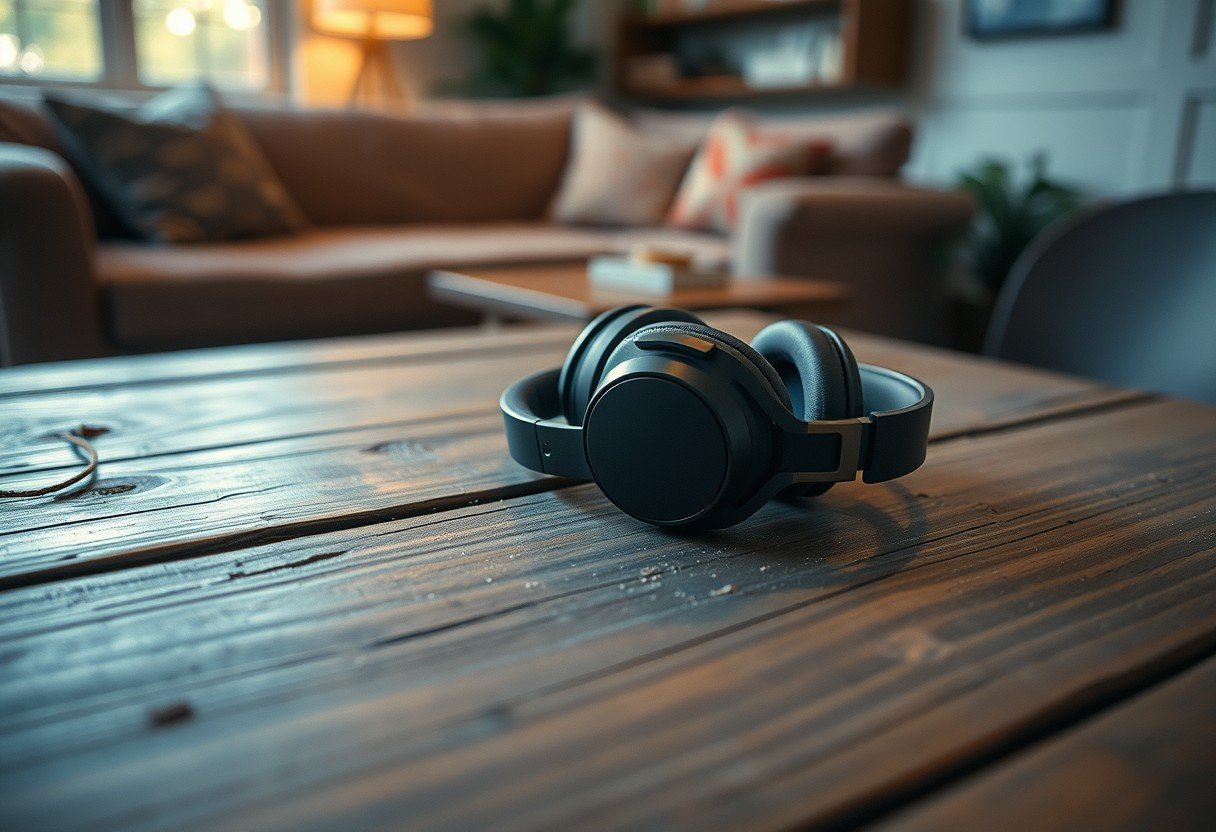
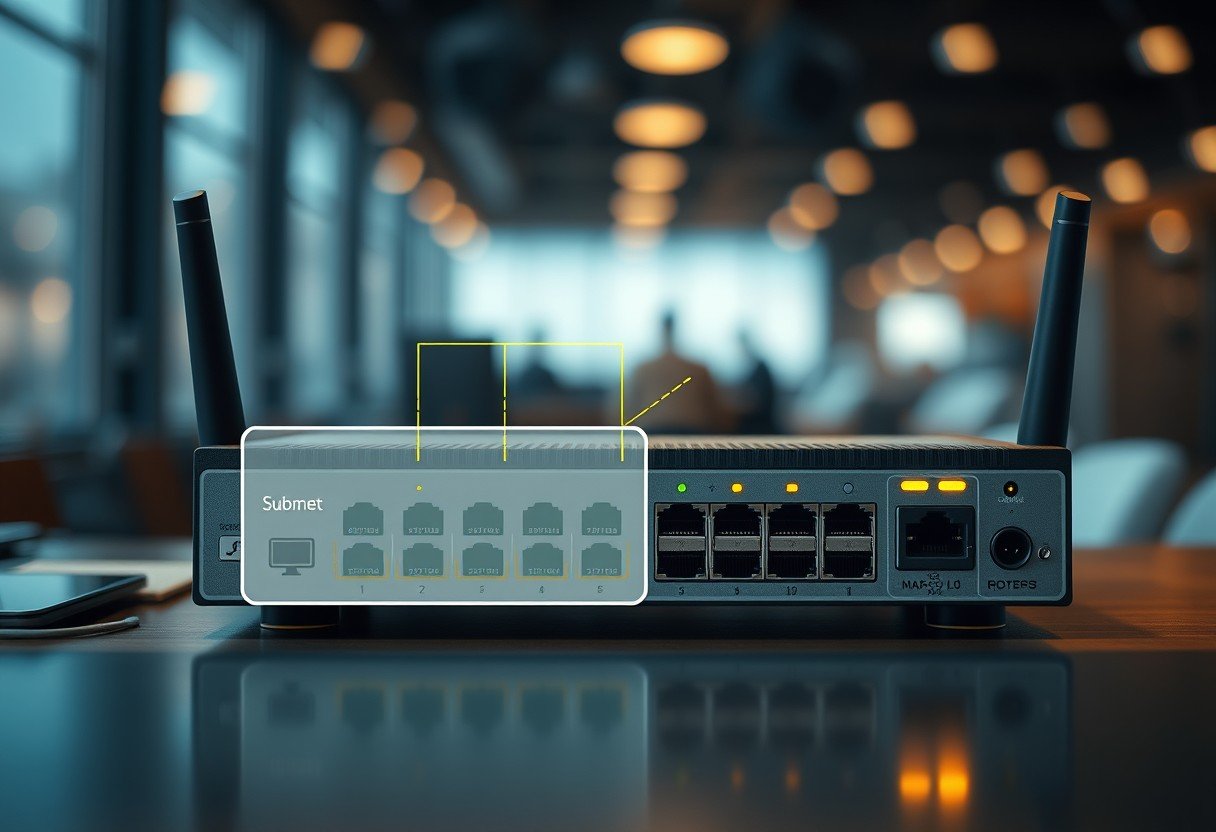
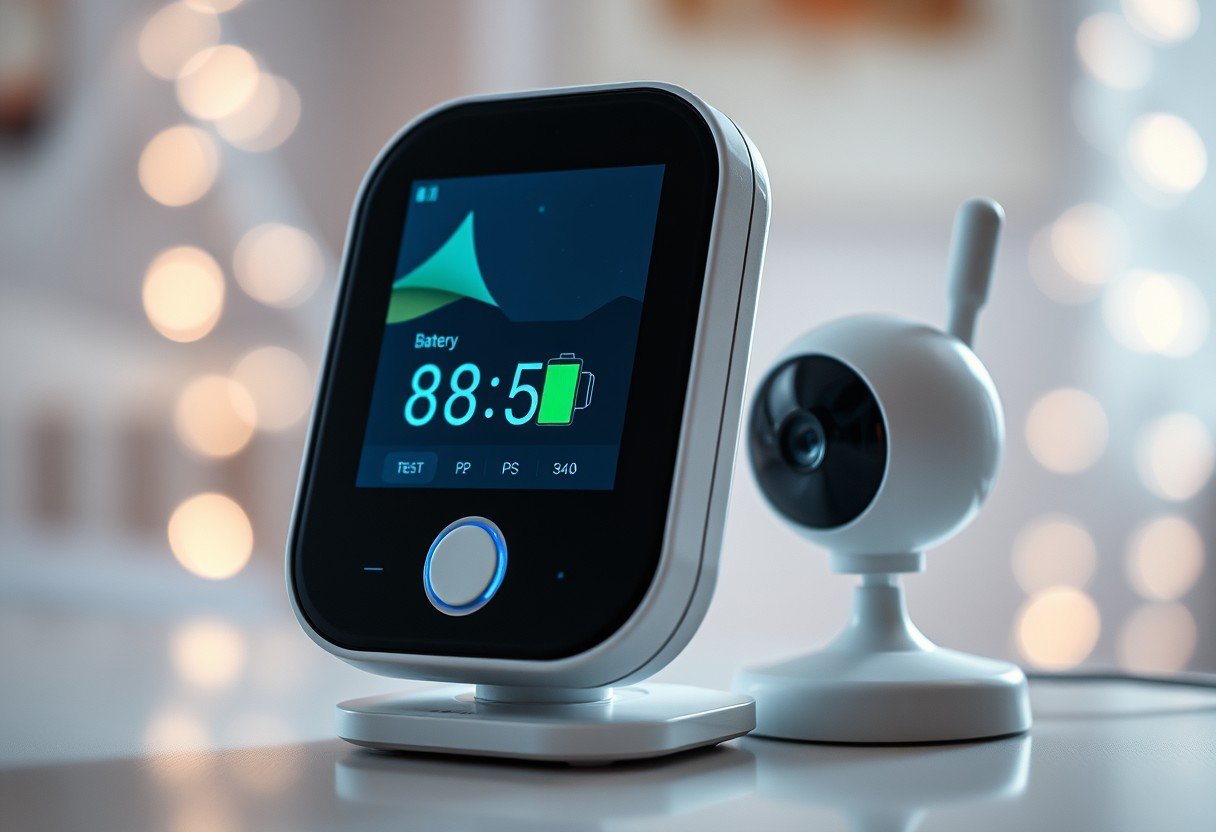

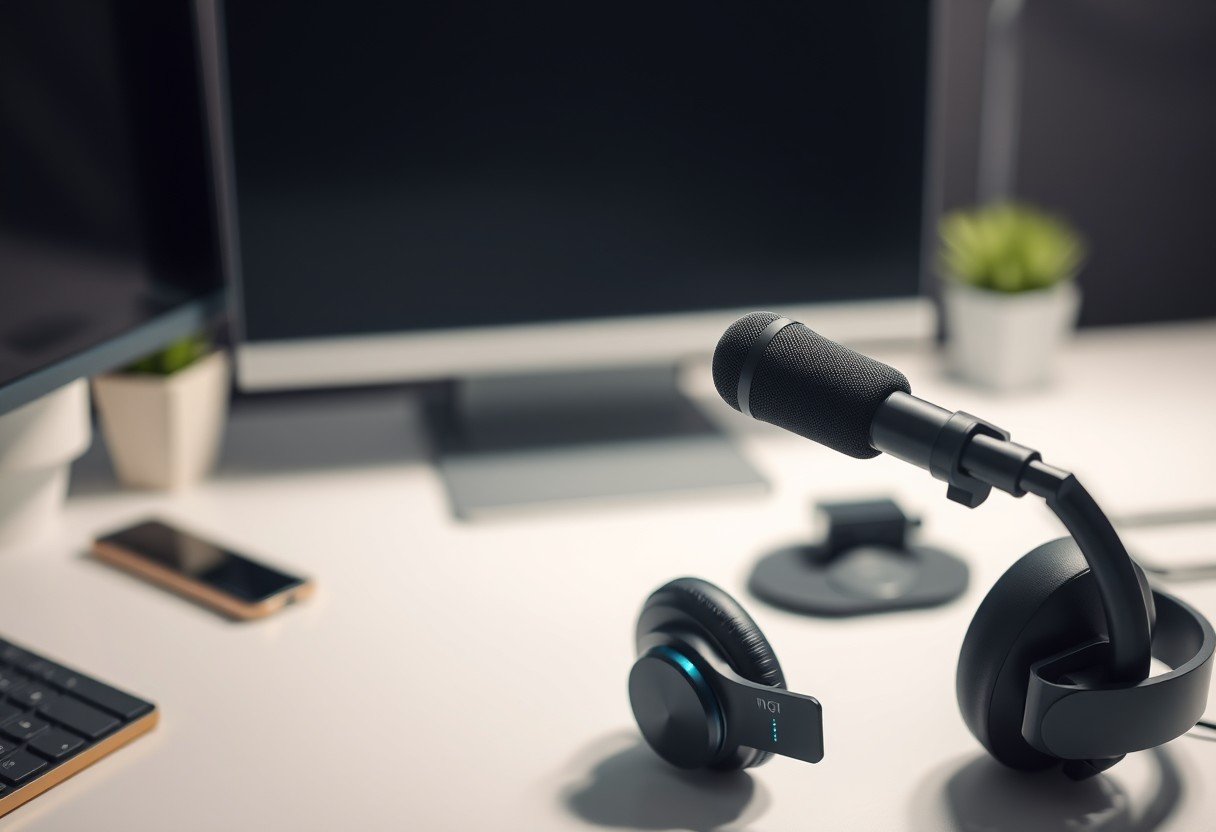
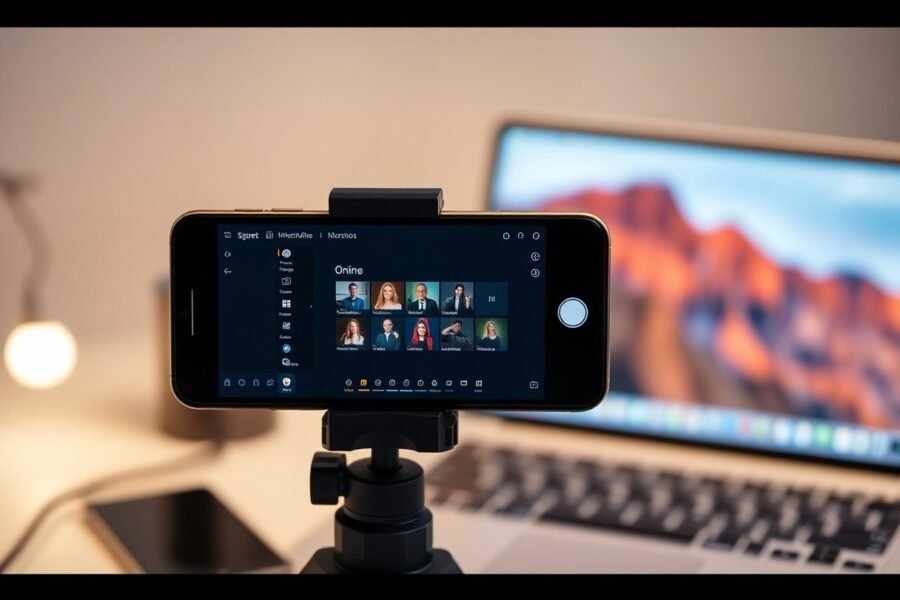

Leave a Comment